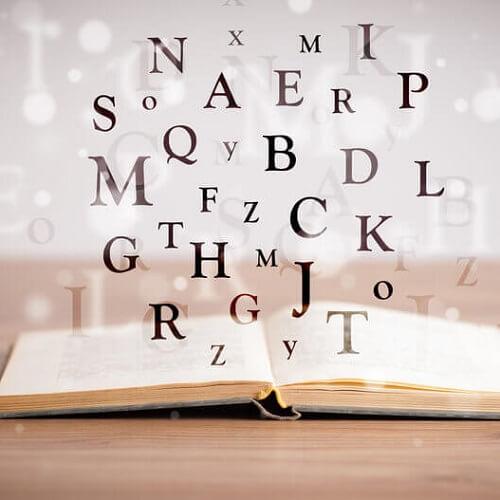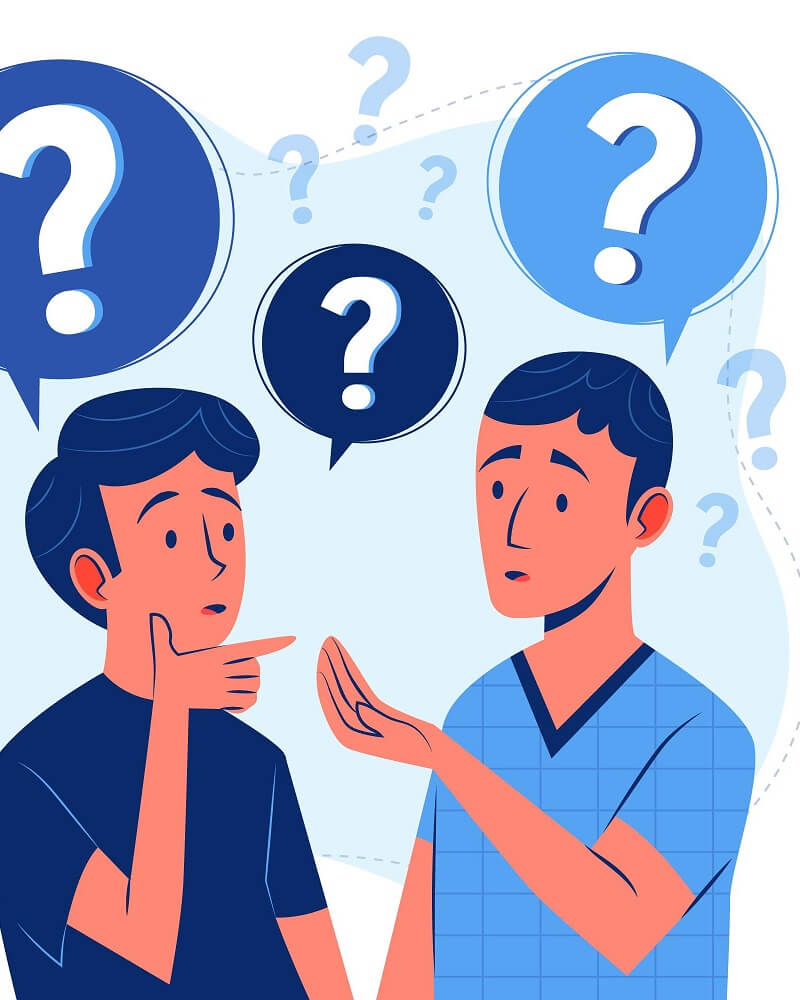How Does The PhotoReading System Work?
PhotoReading works differently. It is seeing a whole page at a time and ‘storing’ the relevant information you need and then recalling it as and when you need it.
Most widely used with age ranges from 13 upwards, it has a success rate of over 90%; which for a home study course (or seminar attendee) on a whole new system, is astonishing! People find themselves able to reach ‘speeds’ (turning a page a second) of around 25,000 words a minute.
This takes a bit of building up, the techniques require practice, the mental belief system requires strengthening and the stages require understanding; but it’s all achievable for the vast majority! It just takes practice and a willingness to want to blast though reading material and grasp new subjects at a rapid pace.
Those who have practised this, including celebrity TV people who deal with psychology, entertainment and mental agility find they can easily exceed those targets of 25,000 words a minute.
System
The PhotoReading system is broken down into 5 clear stages, each one with a purpose and with its own unique skills.
First Stage: Preparation
Getting mentally prepared. This is where a lot of people fail when learning new techniques; they don’t take time to relax, focus, gain clarity and set the mind a purpose. That is the key to allowing the new information to be proceed by the brain when the brain knows what it is you want from the information.
To achieve this you can
A. Use a mind programming recording that programs both hemispheres of the brain, which not only prepares the brain for learning, instils confidence and totally relaxes the mind, but it also helps with memory retention, or
B. You can just relax, breath deep, focus – there is a wonderful focusing technique in the PhotoReading (involving fruit!).
When you are ready, just focus in on what is is you want to get out of the information and let that dwell in the mind.
This whole process only needs to take a couple of minutes, or longer if you use a recording.
Second Stage: Preview
This is where you ‘pre-read’ the material. This is vital as it allows the conscious mind connect with the subconscious mind. It allows your mind to understand the structure of the material, subject matter and key elements. This is a vital part, so when you PhotoRead (Third Stage), the information is blasted into your mind and this preview stage allows the the subconscious mind to process it properly as it has learnt at a conscious level what it is about.
This process only takes a minute or two at the most and becomes second nature as you go through the training. This process is more essential with books, academic works (things with a more complex structure) and less so with single short articles.
Third Stage: PhotoReading
You are now at the meat of the course, this is what is is all about. Your belief is in place, your mind is prepared to learn and your conscious mind knows the structure and outline of what you are about to read. Now dive in…
You do not read the words, you do not focus on the lines, you do not see the sentences; you absorb each page as you flip though the book, at around one page a second. You keep a steady rhythm. Your focal point is not on the pages but beyond them.
A magazine article that could take 10-15 minutes to read with your normal technique, can be done in a minute. An average book would be around 4-5 minutes.
Fourth Stage: Postview
This is the stage where you reinforce the information at a conscious level, e.g. your eyes are back to ‘seeing’ the words on a page.
You go through the book again noting keywords, words that stand out, key terms and create questions in your mind.
Stage Two is knowing the structure, Stage Three is just blasting it on – like turning a tap on full to fill a sink as fast as it can, now this stage is all about getting the key elements, questions and sections of note that stand out for you.
Stage Five: Activation
This is where you embed everything from the previous stages.
New techniques such as ‘rapid reading’ and ‘super reading’ are taught. The latter is similar to speed reading, but it gets better results as it is embedded with all of the stages.
You go over the material that you PhotoRead, that you did a postview on and you get an additional layer of understanding embedded in your mind. Your conscious mind is connecting with the subconscious (that you used in Stage Three) and develops further links of understanding and comprehension.
Congratulations!
These stages, once completed, will have had you learning, processing and absorbing information at such rapid rates you will be able to catch up with your reading, get on top of your studies or devour new subjects. Or, if you prefer, just catch up with all of the words from an author you would like to learn about.
It’s now up to you to make a start and learn something new that will change your life, change the way you take information in and learn techniques – so powerful – you will be applying them to other areas of you life!
Final Important Notes
You can also read images, read off a screen (not just off printed material) or go through technical manuals.
The course can be learnt and you can get results within a short time of starting it; to master it: just keep going.
Visit https://lifetools.com/photoreading/ to find out more.




